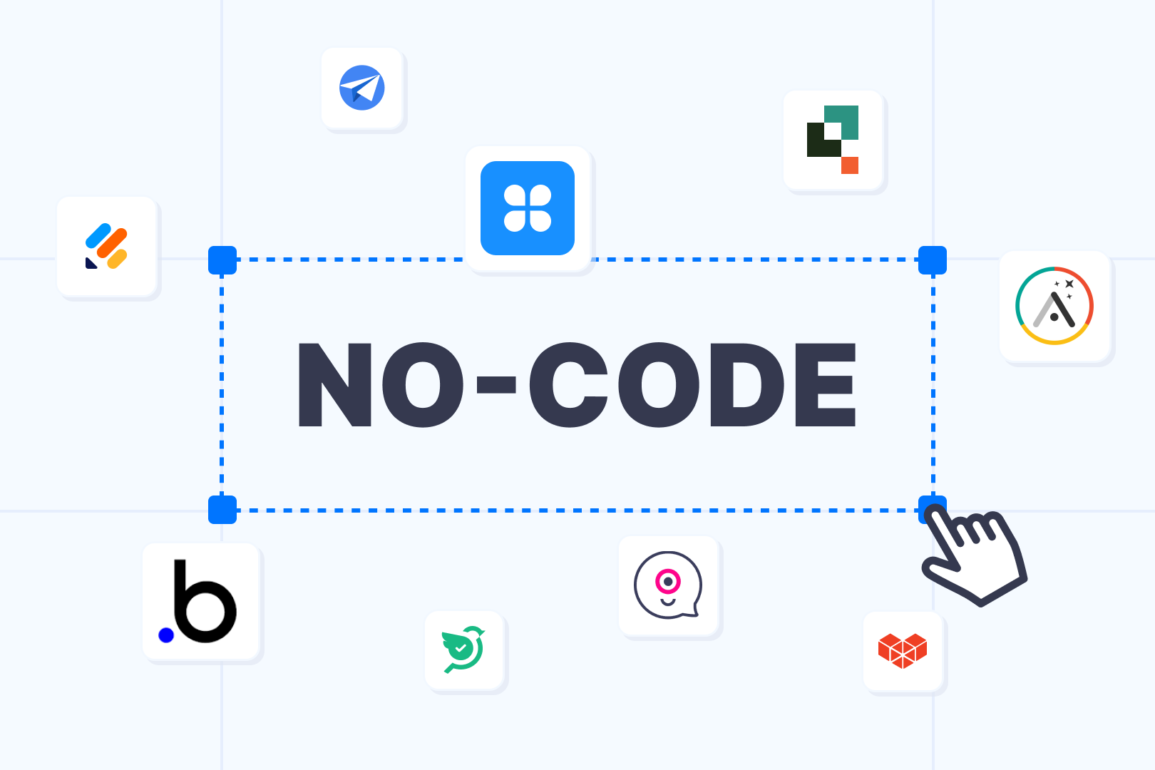With the ever-evolving business landscape, organizations and enterprises have had to invest in digital transformation for adaptability and flexibility. Digital transformation has become more of a necessity to navigate the ever-present challenges and hurdles in the path to business success.
Aiding businesses in this new era of digital transformation is software developers, who work round the clock to create brilliant applications that have revolutionized the way we do business.
Since the creation of the world’s first machine algorithm by Ada Lovelace, a British aristocrat in 1843, and subsequent creation of the first programming language by Konrad Zuse, a German computer scientist in the early 1940s, programming and coding language has evolved from simple function code to high performance software coding, and eventually to no-code programming.
Legacy coding languages such as java, JavaScript, python and PHP, which are all derivatives of the C coding language, have been rendered unpopular and relatively obsolete due to their rigid nature.
To effectively and efficiently address the changing business requirements, developers have had to embrace technological advancement and move away from the older approaches of programming.
Traditionally, developers required deep knowledge of programming language and syntax to write maintainable and scalable code to solve algorithms. Traditional programming, simply put, is a manual, tiring process.
Domiciled in Enterprise Resource Planning (ERP) systems, no/low-code tools have proven to be essential as businesses keep leveraging them to keep up with or beat competitors.
No tedious coding work
No-code platforms enable developers to construct mobile and desktop applications without writing any line of code. They rely on graphical user interface, as opposed to traditional coding which relies on typing long lines when programming. With this approach, non-programmers can not only create applications quickly, but also tailor them to their preferences. With a vast amount of tutorials and no-code development platforms easily available, anyone can implement their ERP software ideas, unlike traditionally, where programming was left for the specialists.
Low-code, on the other hand, refers to simplistic development platforms that allow developers to code applications through a drag-and-drop interface and simple visual workflows. The advancement that comes with low-code development is the use of pre-coded modules, which saves developers time to functionalize applications, and focus on the business prioritizing tasks.
This kind of coding makes it possible for non-IT personnel with some little coding knowledge (commonly referred to as citizen developers) to develop and deliver legit software applications. This way, companies and organizations are able to put up with the ever-growing software development demand against the shallow pool of developers.
With the introduction and widespread adoption of low code, the ERP software industry is seeing a steady, but continual shift towards simplified coding. These software tailoring methods are also helping empower manufacturers to create their own industrial applications.
How to solve the integration hurdle
While the transition from low-code to no-code has been of undoubted benefits in modernization and automation of systems, enhancing real-time visibility of operations, and aiding organizations attain cloud-based infrastructures for their processes, the journey has had its fair share of challenges, and especially for developers.
When it comes to ERP modernization, no-code/low-code technology is already a game-changer. Traditionally, ERP systems have been expensive and time-consuming to implement, often requiring extensive customization and development work. Oftentimes, these legacy in-house applications, more so those that have been in use for over 15 years, lack application programming interface (APIs) and inbuilt documented endpoints that enable swift integration with other apps.
However, the integration challenge can be addressed through creating modernized, end-to-end low-code/no-code applications that incorporate both development and integration without needing to hire additional developers. These applications are capable of automatically converting in-house applications code into modular no-code objects that can run as modern applications.
Many organizations have designed their current ERP systems to fit into their organizational processes. However, this does not mean that they need to put up with all the shortcomings of a legacy system. They can use no-code/low-code to get rid of these challenges without having to start from scratch. This is by allowing in-house developers to integrate new low-code/no-code tools with legacy enterprise applications.
When implementing a new ERP system, there is always a risk of disruption and downtime. But by using no-code/low-code technology to modify their existing ERP system, businesses can reduce this risk by avoiding the need for a complete system overhaul.
Modern ERP systems with no-code/low-code can increase efficiency by automating routine tasks and streamlining workflows. This frees up employees to focus on more strategic tasks, such as customer acquisition and product development.
It is encouraging, therefore, to see developers getting involved in the seismic drift from inefficient coding languages such as SQL and C++ to more futuristic no/low code programming which allows them to do more at scale, with much more accuracy and less bugs. Efficient ERP product coding results in a seamless experience on the part of end users.




